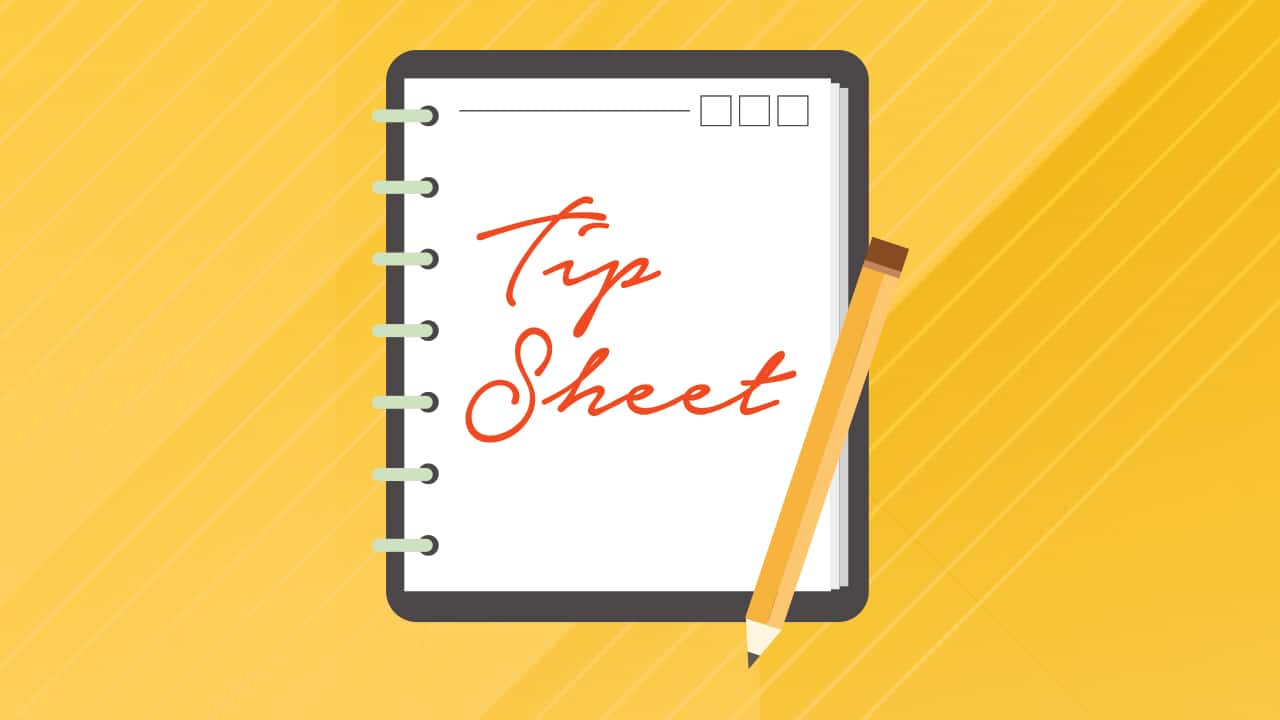Ongoing changes in technology and the way people work call for new strategies to address the need for new workforce skills. A recent McKinsey & Co. survey found that skill building is considered more effective at closing skill gaps than hiring, contracting or redeploying talent. In fact, 69% of respondents said they have “doubled down on skilling efforts since the pandemic began and are reaping clear benefits.” McKinsey cites the survey in an October article, authored by Aaron De Smet, Angelika Reichwhich and Bill Schaninger. It maps out a reskilling game plan in nine key steps, summarized in three phases:
Assessing potential skills gaps
Companies can pinpoint gaps by comparing existing skills with the demand for specific skills necessary to “deliver on its strategic ambition, digital agenda and overall business model.” Once you assess demand for future skills and identify the skills you already have, it’s time to come up with a plan.
Developing a skills strategy
Strategizing for a “future-ready” workforce means deciding “which learning formats to use, how to design and deliver learning journeys to employees, and rolling out the required infrastructure and governance,” according to the article.
Reimagining infrastructure for skilling at scale
The final phase is executing your upskilling strategy at scale. McKinsey suggests launching a dedicated organizational structure, or “skilling hub.” To ensure their workforce is building new skills, companies should provide on-the-job opportunities to learn from both successes and failures, and leadership should promote and model a culture of learning. There should also be a system for effectively tracking the impact of your strategy.


